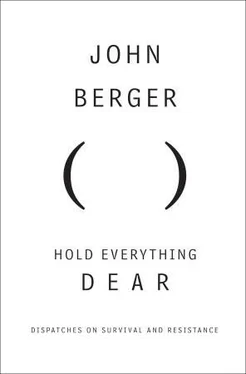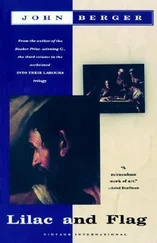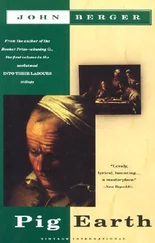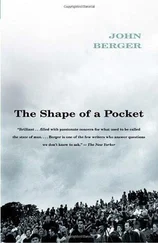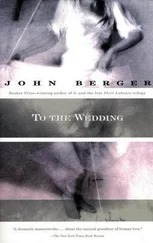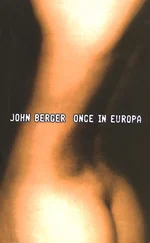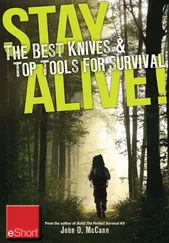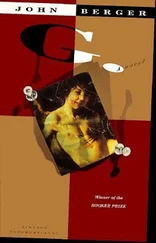Influenced by the writings of Frantz Fanon — and particularly by The Wretched of the Earth — he became deeply involved in several liberation struggles, including that of the Palestinians. I remember him talking to me about Jenin. Towards the end of his life, Eqbal set up a freethinking university in Pakistan named after the great fifteenth-century philosopher Ibn Khaldun, who imagined the discipline of sociology before it existed.
Eqbal learnt early on that life inevitably leads to separations. Everybody recognized this before the category of the tragic was discarded as garbage. Eqbal, though, knew and accepted the tragic. And, consequently, he spent much of his prodigious energy on forging links — of friendship, political solidarity, military loyalty, shared poetry, hospitality — links which had a chance of surviving after the inevitable separations. I still remember the meals he cooked.
I didn't expect to encounter Eqbal in Ramallah. Although, oddly, the first book I picked up and opened there had a photo of him on the third page. No, I wasn't looking for him. Yet he had been beside me when I decided to visit the city, and he left me a message which I saw like an SMS on the tiny screen of my imagination.
Look at the stones! it said.
O.K., I replied, the stones, in my own way.
Certain trees — particularly the mulberries and medlars — still tell the story of how long ago, in another life, before the Nakbah , Ramallah was, for the well-off, a town of leisure and ease, a place to retreat to from nearby Jerusalem during the hot summers, a resort. The Nakbah refers to the ‘catastrophe' of 1948 when ten thousand Palestinians were killed and 700,000 were forced to leave their country.
Long ago, newly married couples planted roses in Ramallah gardens as an augury for their future life together. The alluvial soil suited the roses.
Today there is not a wall in the town centre of Ramallah, now the capital of the Palestinian Authority, which is not covered with photographs of the dead, taken when alive and now reprinted as small posters. The dead are the martyrs of the Second Intifada which began in September 2000. The martyrs include all those killed by the Israeli army and settlers, and those who decided to sacrifice themselves in suicidal counter-attacks. These faces transform the desultory street walls into something as intimate as a wallet of private papers and pictures. The wallet has a pocket for the magnetic ID card issued by the Israeli security services and without which no Palestinian can travel even a few kilometres, and another pocket for eternity. Around the posters, the walls are scarred with bullet and shrapnel marks.
There is an old woman, who might be the grandmother in several wallets. There are boys in their early teens, there are many fathers. Listening to the stories of how they met their death, one is reminded of what poverty is about. Poverty forces the hardest choices which lead to almost nothing. Poverty is living with that almost.
Most of the boys, whose faces are on the walls, were born in refugee camps, as poor as shantytowns. They left school early to earn money for the family or help the father with his job, if he had one. A few dreamt of becoming wizard soccer players. A fair number of them made catapults of carved wood, twined rope and twisted leather for hurling stones at the Occupying Army.
Any comparison between the weapons involved in these confrontations returns us to what poverty is about. On one hand Apache and Cobra helicopters, F16s, Abrams tanks, Humvee jeeps, electronic surveillance systems, tear gas; on the other hand catapults, slingshots, mobile telephones, badly used Kalashnikovs and mostly handmade explosives. The enormity of the contrast reveals something which I can feel between these grief-stricken walls but which I cannot put a name to. If I was an Israeli soldier, however wellarmed I was, I might finally be frightened of this something. Perhaps it's what the poet Mourid Barghouti noticed:‘Living people grow old but martyrs grow younger.'
Three stories from the walls.
Husni Al-Nayjar, fourteen years old. He worked helping his father, who was a welder. Whilst flinging stones, he was shot dead with a bullet to the head. In his photo he gazes calmly and unwaveringly into the middle distance.
Abdelhamid Kharti, thirty-four years old. Painter and writer. When young, he had trained as a medical nurse. He volunteered to join a medical emergency unit for rescuing and taking care of the wounded. His corpse was found near a checkpoint, after a night when there had been no confrontations. His fingers had been cut off. A thumb was hanging loose. An arm, a hand and his jaw were broken. There were twenty bullets in his body.
Muhammad Al-Durra, twelve years old, lived in the Breij Camp. He was returning home with his father across the Netzarim checkpoint in Gaza and they were ordered to get out of their vehicle. Soldiers were already shooting. The two of them took immediate cover behind a cement wall. The father waved to show they were there and was shot in the hand. A little later Muhammad was shot in the foot. The father now shielded his son with his own body. More bullets hit both, and the boy was killed. Doctors removed eight bullets from the father's body, but he remained paralyzed as a consequence of the wounds and could no longer work, remaining unemployed. Because the incident happened to be filmed, the story is told and retold across the world.
I want to do a drawing for Abdelhamid Kharti. Very early in the morning we go to the village of Ain Kinya and beyond it there's a Bedouin encampment, near a wadi. The sun is not yet hot. The goats and sheep are grazing more or less between the tents. I've chosen to draw the hills looking eastwards. I sit on a rock near a small blackish tent. I have only a notebook and this pen. There's a discarded plastic mug on the earth and it gives me the idea of fetching some water from the trickle of the spring to mix, when necessary, with my ink.
After I've been drawing for a while, a young man (every invisible person in the camp has of course noticed me) approaches, undoes the entrance to the tent behind me, enters and comes out holding up a decrepit white plastic stool which, he indicates, might be more comfortable than the rock. I guess that before he found it, it must have been thrown out into the street by some pastry shop or ice-cream parlour. I thank him.
And sitting on this customer's stool in the Bedouin camp, as the sun gets hotter and the frogs in the almost dry riverbed begin to croak, I go on drawing.
On a hilltop, a few kilometres to the left, is an Israeli settlement. It looks military, as if it were part of a weapon designed for quick handling. Yet it's small and faraway.
The near limestone hill facing me has the form of a gigantic sleeping animal's head, the rocks scattered on it like burrs in its matted hair. Suddenly frustrated by my lack of pigment, I pour water from the mug on to the dust at my feet, dip my finger into the mud and smear colour across the drawing of the animal's head. The sun is hot now. A mule brays. I turn the pages of the notebook to begin another and another. Nothing looks finished. When the young man eventually returns, he wants to see my drawings.
I hold up the open notebook. He smiles. I turn a page. He points. Ours, he says, our dust! He's pointing at my finger, not the drawing.
Then we both look at the hill.
I am among not the conquered but the defeated, whom the victors fear. The time of the victors is always short and that of the defeated unaccountably long. Their space is different too. Everything in this limited land is a question of space, and the victors have understood this. The stranglehold they maintain is first and foremost spatial. It is applied, illegally and in defiance of international law, through the checkpoints, through the destruction of ancient roads, through the new by-passes strictly reserved for Israeli settlers, through the fortress hilltop settlements, which are really surveillance and control points of the surrounding plateaux, through the curfew which obliges people to stay indoors night and day until it is lifted. During the invasion of Ramallah last year, the curfew lasted six weeks, with a ‘lifting' of a couple of hours on certain days for shopping. There was not even enough time to bury those who died in their beds.
Читать дальше
